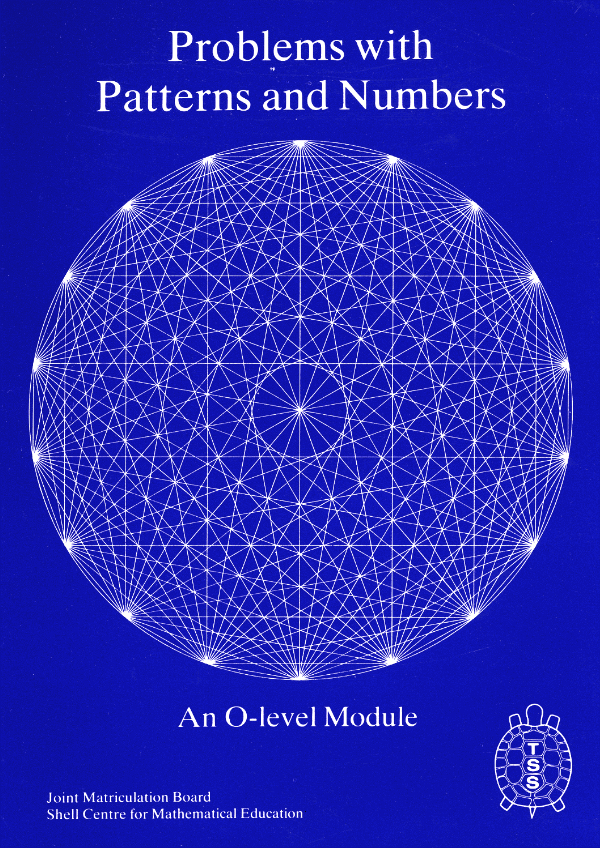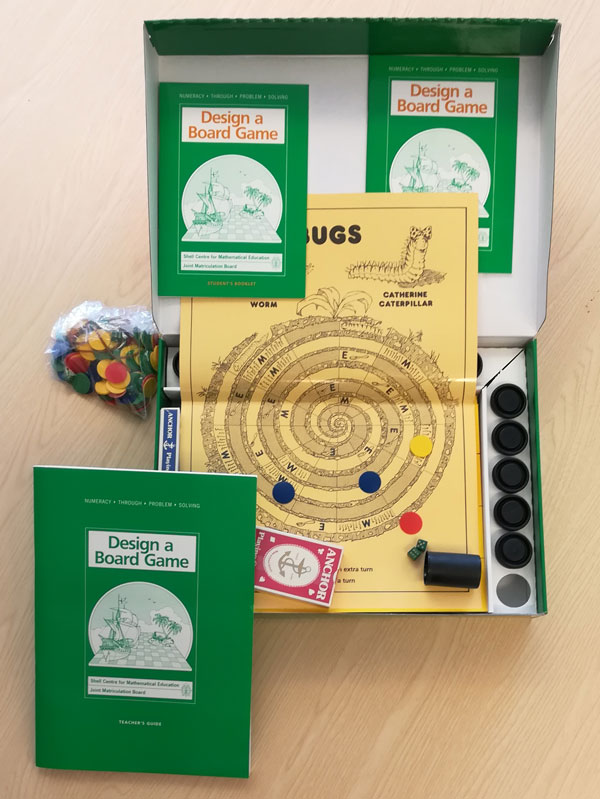30 Design Strategies and Tactics from 40 Years of Investigation
Appendix: Further information and examples
Identify target groups
The ‘students’
We begin with a statement of the obvious. Every designer recognizes that different approaches may be needed in designing for use with students that are exceptionally gifted, have various kinds of special needs, or are typical of the mainstream. (The fact that the last group covers an enormous range of different capabilities is not always taken into account!)
The same is true when the ‘students’ are teachers in a professional development setting. Again, there is a wide range of experience and expertise among teachers.
The ‘teachers’
Our observation is that designers, who are creative people, like to design the most effective and interesting learning activity sequences they can devise, implicitly visualising themselves as leading the activity – whether in a classroom, a professional development session, or elsewhere. If this is not to lead to ‘unproductive’ trials in the first round of development, it is important to think about the kind of professional user for whom the materials are being designed.
While active members of professional associations of teachers understandably exchange ideas for others like themselves, professional design groups usually have broader, larger ‘target groups’ of teacher-users in mind. It is valuable to be explicit as to who these are as early in the design process as possible – and to agree this ‘target group’ with the funder of the project who, once the question is raised, will also have views.
For example, we made the following choices of teacher target group for these Shell Centre projects:
Testing Strategic Skills: All teachers who were preparing students for the Joint Matriculation Board's O-level examination in Mathematics. Because of the importance of exam results these would normally be good teachers with strong track records.
Numeracy through Problem Solving: This project aimed to support schools that wanted to introduce tackling real world problems with mathematics to the mathematics curriculum for age 11-16. The unusual style of working, with 3-week group projects guided by student booklets, meant that only innovative teachers got involved. They tended to use NTPS modules with low-achieving classes where the failure of the standard curriculum was stark.

Link to materials

Link to materials

Link to materials

Link to article
World Class Tests (Problem Solving): The government's original vision was that these voluntary tests should be computer-based, and thus teacher and school independent – shops in the high street, providing tests with immediate results, were talked about. When it was recognized that computer-based testing of “Problem Solving in Mathematics, Science and Technology” was, at least currently (this was 1999), impossible, schools organised and administered the resulting paper + computer-based tasks, which were externally designed and scored. Teachers then became involved in preparing students (“gifted and talented 9- and 13-year olds”), supported by teaching materials the Shell Centre team developed. Teachers selected by schools for these groups of students were were assumed to be strong

Link to MAP website
Mathematics Assessment Project: “Typical teachers in supportive environments” in US middle and high schools systems was the target group we agreed with the Bill & Melinda Gates Foundation. It was recognized that handling formative assessment for learning in mathematics classrooms effectively, requiring as it does ‘adaptive expertise’ in following student thinking, will be a challenge for most teachers. The expectation was a commitment by the school and school district to provide support, include some focused professional development at least initially.
Links to materials:
- Article on World Class Tests in Problem Solving
- https://www.educationaldesigner.org/ed/volume2/issue5/article18/
- Mathematics Assessment Project
- https://map.mathshell.org